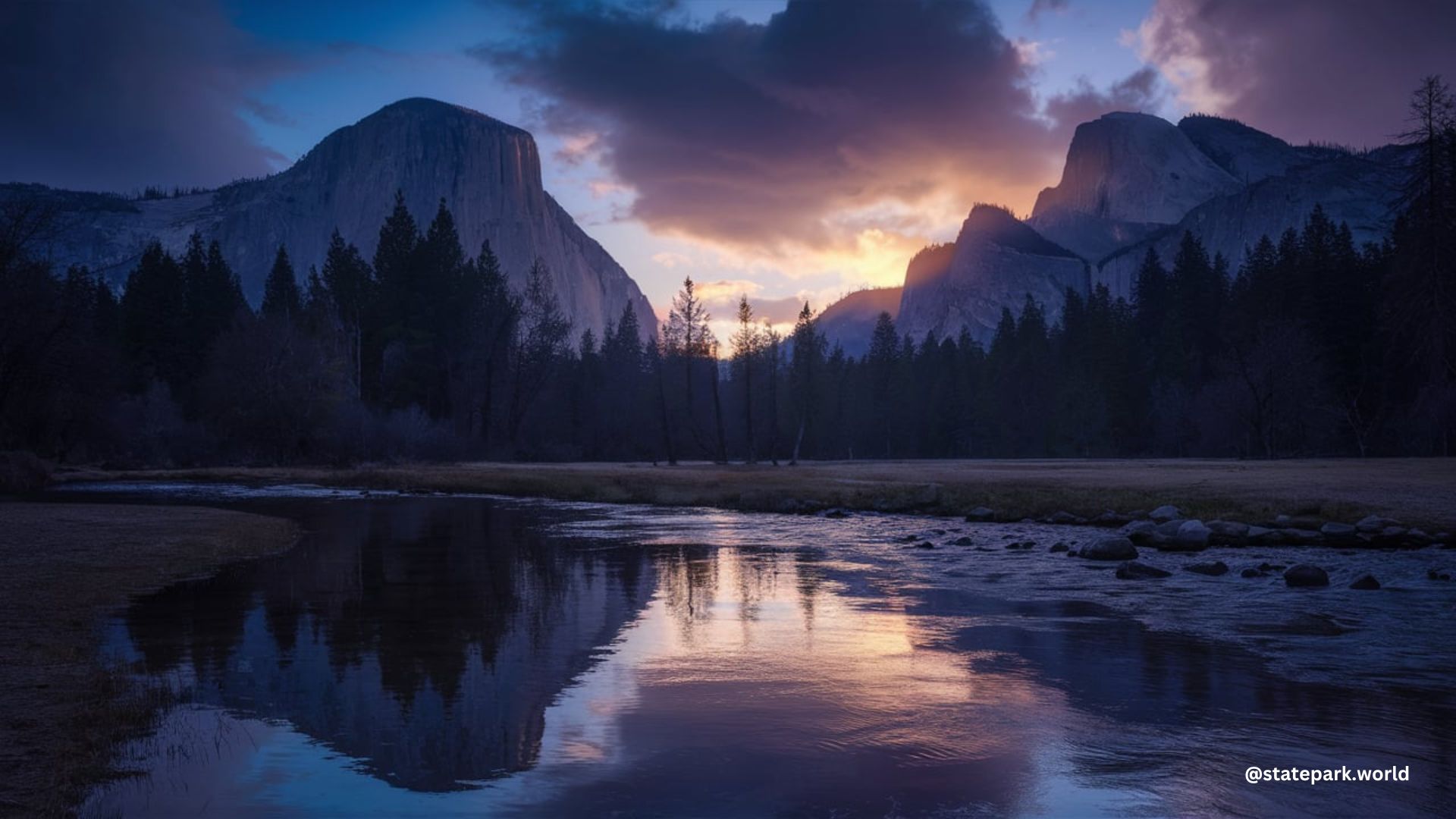Yosemite National Park is a true haven for nature enthusiasts, boasting a diverse array of tree species that thrive within its vast and varied landscapes. From the towering Ponderosa Pines to the delicate Flowering Dogwoods, the park’s trees offer a captivating glimpse into the intricate web of life that defines this iconic destination.
The Ponderosa Pine: A Majestic Presence
One of the most prominent tree species in Yosemite is the Ponderosa Pine, also known as the Western Yellow Pine. These majestic giants can reach heights of 80 to 200 feet, their densely foliated branches often turning conspicuously upward. The Ponderosa Pine’s leaves, arranged in three-needle bundles, can range from four to 11 inches in length and display a bright yellow-green hue. Their modestly sized cones, typically three to five inches long, are armed with scales and straight, slender prickles.
The Flowering Dogwood: A Burst of Beauty

Another captivating tree species found in Yosemite is the Flowering Dogwood, or mountain dogwood. This tree is renowned for its floral display, commonly sighted throughout Yosemite Valley, particularly along the banks of the Merced River. Flowering dogwoods typically bloom after reaching heights of 10 to 30 feet, with their “flowers” being clusters of mini flowers surrounded by petal-like bracts that bud with a greenish tint and bloom in snow-white bunches between April and June.
The Lodgepole Pine: A Resilient Survivor
The Lodgepole Pine is another tree species that thrives in Yosemite, growing from the valley floor to the tree line (around 11,000 feet). This unique tree is known for its ability to disperse its seeds with the help of fire, a testament to its resilience in the face of the park’s dynamic natural environment.
Yosemite’s Altitudinal Zones: A Tapestry of Tree Diversity
Yosemite’s trees provide a fascinating perspective on the park’s diverse climate and habitats. As visitors ascend in elevation, the forest composition changes, reflecting the unique adaptations of each tree species to its respective environment.
The Foothill Forest or Sonoran Zone
At just above 2,000 feet in sea level, the Foothill Forest or Sonoran Zone is home to various Oak species, including the Valley Oak, California Black Oak, Interior Live Oak, and the Canyon Live Oak.
The Montane Forest
Climbing to around 3,000 feet, the Montane Forest is more favorable for trees, with species like the Incense Cedar and Ponderosa Pine thriving in this climate.
The Subalpine Forest
Just above the snow-line, the Subalpine Forest is home to Jeffrey Pines, red fir, white fir, and lodgepole pines, each adapted to the harsher conditions of this higher-altitude environment.
The Alpine Range
The Alpine range, the top range of the High Sierra, is home to only the hardiest species, such as the mountain hemlock and white bark pine, which have evolved to withstand the extreme conditions of this rugged terrain.
Exploring Yosemite’s Tree Diversity
Yosemite’s forests offer a unique perspective that many visitors may overlook in their haste to explore the park’s more well-known attractions. By taking the time to observe the diverse tree species and their altitudinal distributions, visitors can gain a deeper understanding of the intricate ecosystems that define this remarkable national treasure.
Whether you’re admiring the towering Ponderosa Pines, marveling at the delicate blooms of the Flowering Dogwoods, or exploring the resilient Lodgepole Pines, Yosemite’s trees provide a captivating window into the natural world, inviting you to slow down, observe, and appreciate the wonders that surround you.
References:
– Handbook of Yosemite National Park: Trees
– Mariposa Grove of Giant Sequoias
– Most Common Trees Growing in Yosemite Sierra Nevada
– What the Trees are Telling You in Yosemite
– Sequoias in Yosemite National Park

